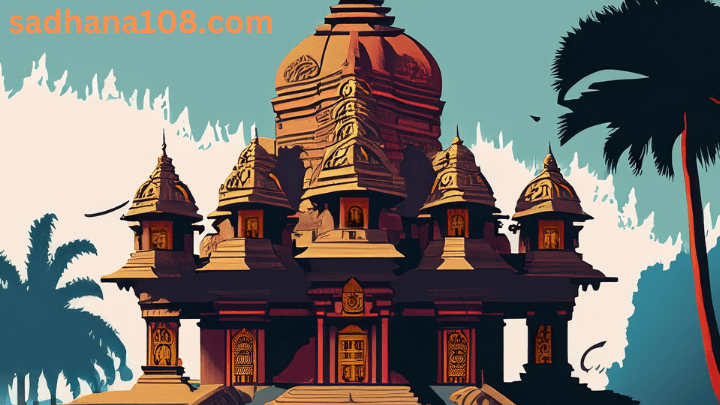Gudi Padwa

Gudhi Padva is the Sanskrit name for Chaitra Shukla Pratipada. It is celebrated on the first day of the Chaitra month to mark the beginning of the New year according to the lunisolar Hindu calendar.
In south India, first day of the bright phase of the moon is called pāḍya. Konkani Hindus variously refer to the day as संसार पाडवो or संसार पाड्यॆ, संसार (saṁsāra) being a corruption of the word संवत्सर (saṁvatsara). Konkani Hindus in Karnataka also refer to it as ugādi.
This new moon day has special meaning from Astronomy point of view. The Sun is supposed to be in first point of Aries, (Hamal) which is first sign of zodiac and is a natural beginning of spring. Many civilzations have known this.
People of ancient Egypt knew this and Nowruz (literally "New Day" ) in Persia is also based on this observation.
The Sun however may not be exactly in Aries due to Lunar month. This is adjusted by adding a "Adhika" (Literally an extra) Lunar month every three years to ensure New Year Day( "Gudhee Padwa") indeed matches observed season. See Panchang for details.
On Guḍhī Pāḍavā, a gudhi is found sticking out of a window or otherwise prominently displayed in traditional Maharashtrian households. Bright green or yellow cloth adorned with brocade (zari) tied to the tip of a long bamboo over which gaathi (sugar crystals), neem leaves and a twig of mango leaves and a garland of red flowers is tied. A silver or copper pot is placed in the inverted position over it. Altogether, it is called as Gudhi. It is hoisted outside the house, in a window, terrace or a high place so that everybody can see it.
Some of the significances attributed to raising a Gudhi are as follows: It symbolizes the victory of King Shalivahana over Sakas and was hoisted by his people when he returned to Paithan. Gudhi symbolizes the Brahmadhvaj (translation: Brahma’s flag) mentioned in the Brahma Purana, because Lord Brahma created the universe on this day. It may also represent Indradhvaj (translation: the flag of Indra). Historically, the Gudhi symbolizes Lord Rama’s victory and happiness on returning to Ayodhya after slaying Ravana. Since a symbol of victory is always held high, so is the gudhi (flag). It is believed that this festival is celebrated to commemorate the coronation of Rama post his return to Ayodhya after completing 14 years of exile. So, people celebrated victory of lord Rama every year by raising Gudi. Gudi is symbol of victory of lord Rama Gudhi is believed to ward off evil, invite prosperity and good luck into the house.
The Gudhi is positioned on the right side of the main entrance of the house. The right side symbolizes active state of the soul.